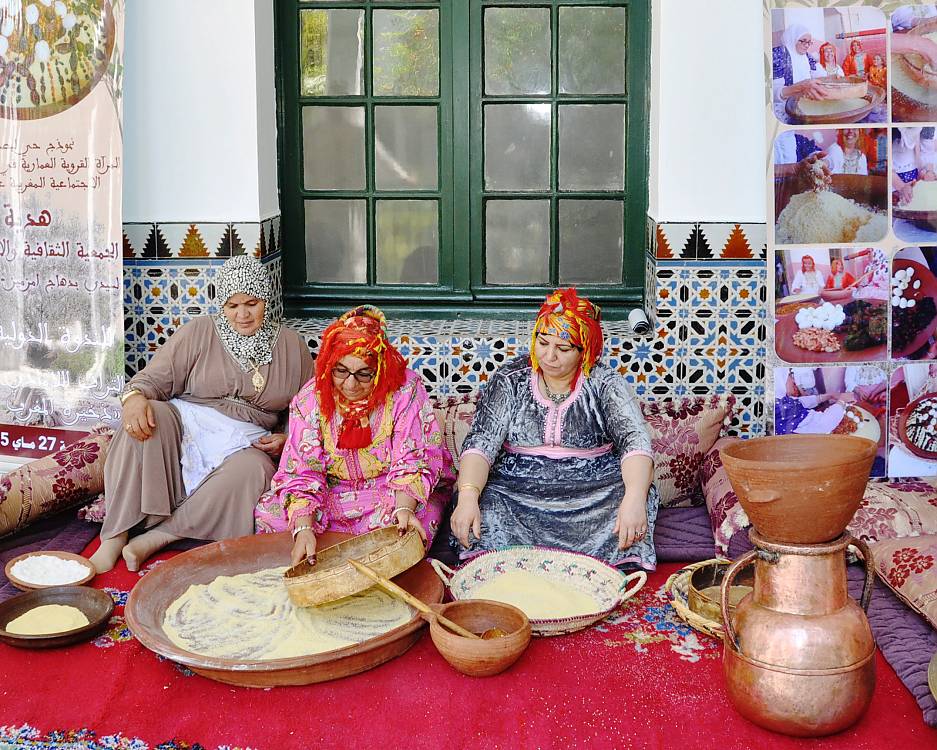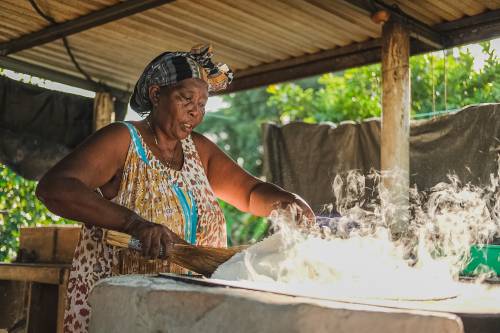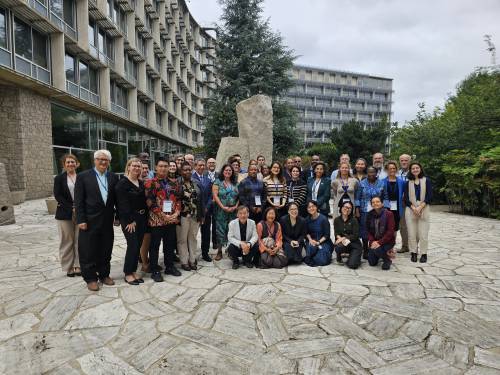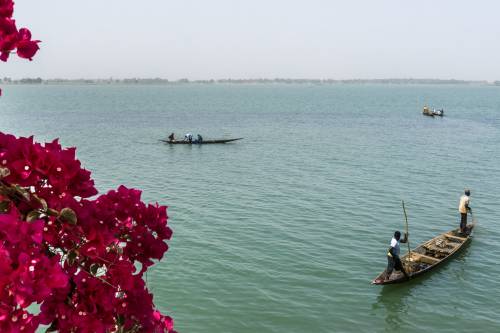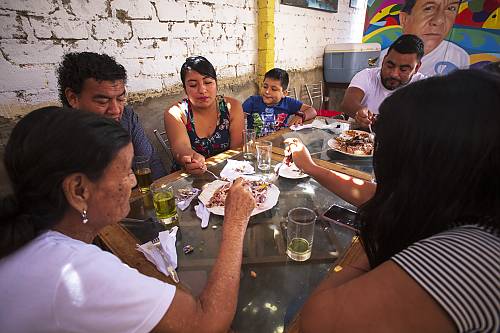© Direction du patrimoine culturel, Ministère de la culture, Maroc, 2018
13 October 2021
Current estimates are that nearly 690 million people are hungry, or 8.9 percent of the world population – up by 10 million people in one year and by nearly 60 million in five years. The Sustainable Development Goal 2 (SDG 2, ‘Zero Hunger’) notably targets the maintenance of genetic diversity of seeds, the implementation of resilient agricultural practices and the enhancement of agricultural productive capacity in developing countries.
Numerous forms of living heritage support these aims. For example, traditional diets contribute to food security and good nutrition through the knowledge and beliefs related to foodways, from the cultivation of crops to the preparation of meals. Some forms of living heritage focus on the sanctity of food and encourage eating locally grown produce, thus reducing food waste (SDG 12, ‘Responsible consumption and production’) and carbon emissions (SDG 13, ‘Climate action’). Many cultures also follow the practice of food-sharing among community members, helping alleviate hunger while strengthening social bonds.
Browse through our resources below to discover some of those elements!
| Related food | Living Heritage elements |
|---|
| Bread | Art of Neapolitan ‘Pizzaiuolo’ (Italy)
Flatbread making and sharing culture: Lavash, Katyrma, Jupka, Yufka (Azerbaijan, Iran (Islamic Republic of), Kazakhstan, Kyrgyzstan, Turkey)
Il-Ftira, culinary art and culture of flattened sourdough bread in Malta (Malta)
Lavash, the preparation, meaning and appearance of traditional bread as an expression of culture in Armenia (Armenia) |
| Beverages | Ancient Georgian traditional Qvevri wine-making method (Georgia)
Arabic coffee, a symbol of generosity (Oman, Qatar, Saudi Arabia, United Arab Emirates)
Beer culture in Belgium (Belgium)
Turkish coffee culture and tradition (Turkey) |
| Fruits and vegetables | Date palm, knowledge, skills, traditions and practices (Bahrain, Egypt, Iraq, Jordan, Kuwait, Mauritania, Morocco, Oman, Palestine, Saudi Arabia, Sudan, Tunisia, United Arab Emirates, Yemen)
Nar Bayrami, traditional pomegranate festivity and culture (Azerbaijan)
Oshituthi shomagongo, marula fruit festival (Namibia)
Tradition of kimchi-making in the Democratic People’s Republic of Korea (Democratic People’s Republic of Korea) |
| Diet and foodways | Dolma making and sharing tradition, a marker of cultural identity (Azerbaijan)
Gastronomic meal of the French (France)
Hawker culture in Singapore, community dining and culinary practices in a multicultural urban context (Singapore)
Knowledge, know-how and practices pertaining to the production and consumption of couscous (Algeria, Mauritania, Morocco, Tunisia)
Mediterranean diet (Cyprus, Croatia, Spain, Greece, Italy, Morocco, Portugal)
Oshi Palav, a traditional meal and its social and cultural contexts in Tajikistan (Tajikistan)
Traditional Mexican cuisine - ancestral, ongoing community culture, the Michoacán paradigm (Mexico)
Washoku, traditional dietary cultures of the Japanese, notably for the celebration of New Year (Japan) |

- Lavash dance scene Read more on the element
- © Ruzanna Tsaturyan, 2013
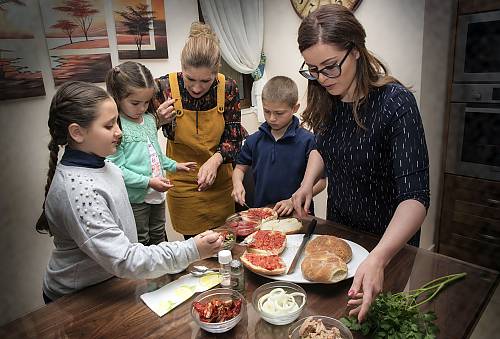
- A Maltese family preparing ftira for school lunch Read more on the element
- © Kevin Sciberras, 2019

- Inserting lavash in tanūr by the man and spreading the dough by the woman, Dūshānlū village, Meshkin Shahr, province of Ardabil (Islamic Republic of Iran) Read more on the element
- © ICHHTO, 2014
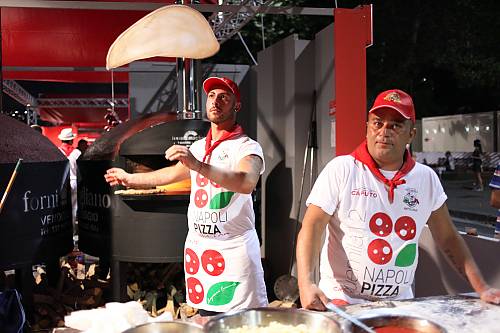
- The second phase: the real performing art that assumes a character of ability due to the master of Naples Pizzaiuoli Read more on the element
- © Sebillo, 2015
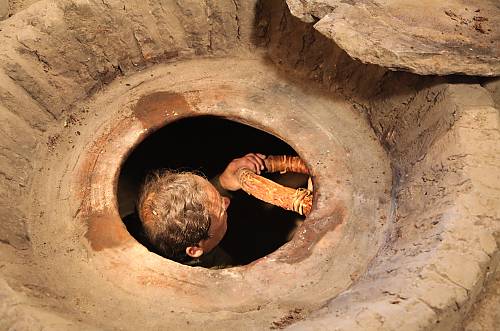
- Ancient Georgian traditional Qvevri wine-making method Read more on the element
- © 2012 by Ministry of Culture and Monument protection of Georgia
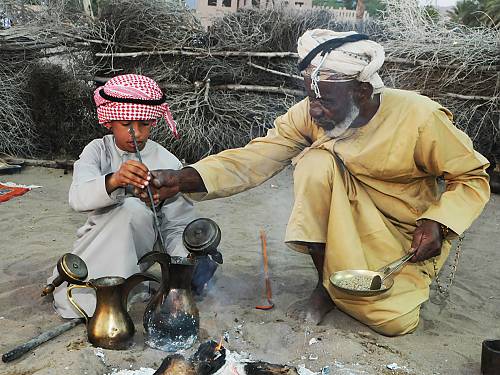
- An Omani elderly man teaching a child how to make Arabic coffee in Al-Hadheera (an enclosure where people of the old days used to make coffee, specially the Bedouin)
- © Ministry of Heritage and Culture, Oman, 2014
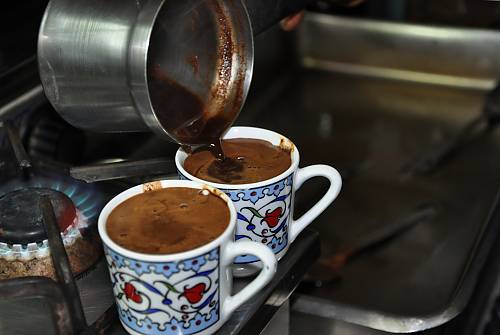
- Turkish coffee culture and tradition Read more on the element
- © Information and Documentation Center of Folk Culture/Ministry of Culture and Tourism
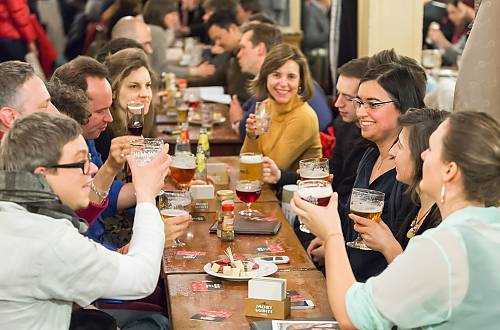
- Groupe de gens au café Read more on the element
- © Stephanie Radermacher 2015

- Children enjoying Kimchi-making play. Read more on the element
- © Korea National Heritage Preservation Agency, 2013
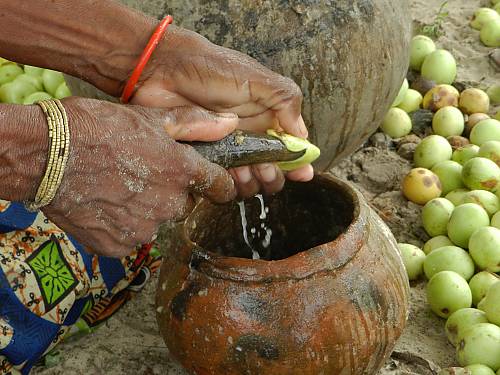
- Squeezing marula fruits Read more on the element
- © Ministry of Youth, National Service, Sport & Culture of Namibia, 2012
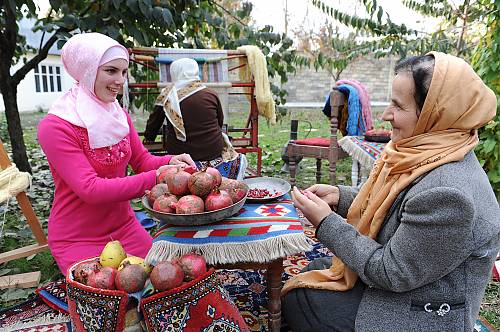
- Nar Bayrami traditional pomegranate festivity and culture Read more on the element
- © Mammad Rahimov/Ministry of Culture of Azerbaijan, 2018
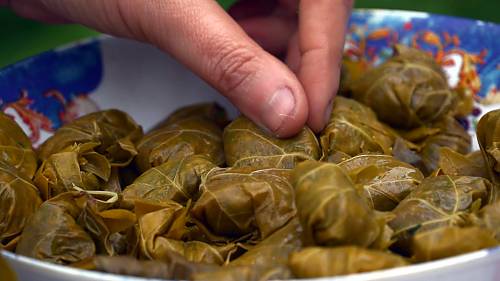
- Dolma making and sharing tradition, a marker of cultural identity Read more on the element
- © Ministry of Culture and Tourism of Azerbaijan, 2016
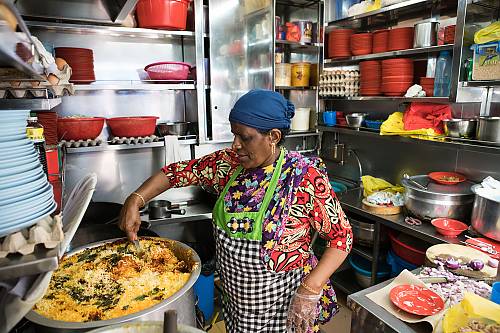
- An Indian Muslim hawker cooking briyani (rice dish) Read more on the element
- © National Heritage Board, Singapore, 2019

- Groupes de femmes roulant le couscous d’un mariage à (Algérie) Read more on the element
- © Centre national de recherches préhistoriques, anthropologiques et historiques (CNRPAH), Algérie, 2018
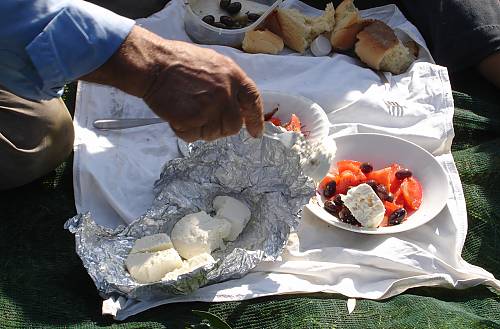
- Mediterranean diet Read more on the element
- © Ioannis Drinis, 2009

- Washoku, traditional dietary cultures of the Japanese, notably for the celebration of New Year Read more on the element
- © 2009 by Syonai-hama-bunka missionaries
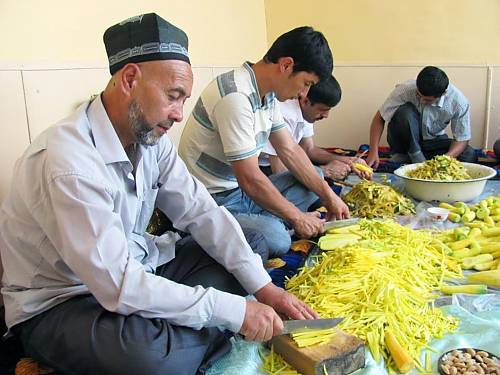
- The ritual Sabzirezakunon (cutting the carrots) in Panjakent Read more on the element
- © 2015, Tajik National Comission for UNESCO
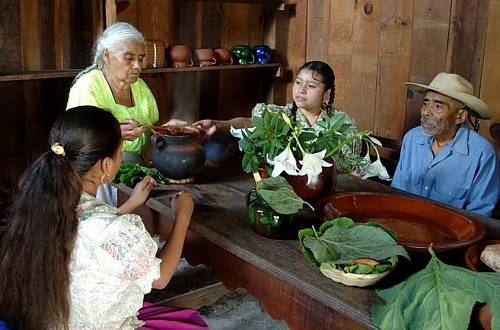
- Traditional Mexican cuisine - ancestral, ongoing community culture, the Michoacán paradigm Read more on the element
- © A. Ríos/Secretaría de Turismo del Estado de Míchoacán, 2006
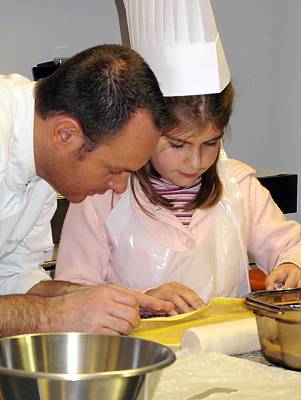
- La transmission par l’école Read more on the element
- © Lionel Gauci, 2008
Related themes
-
foodways sustainable development
